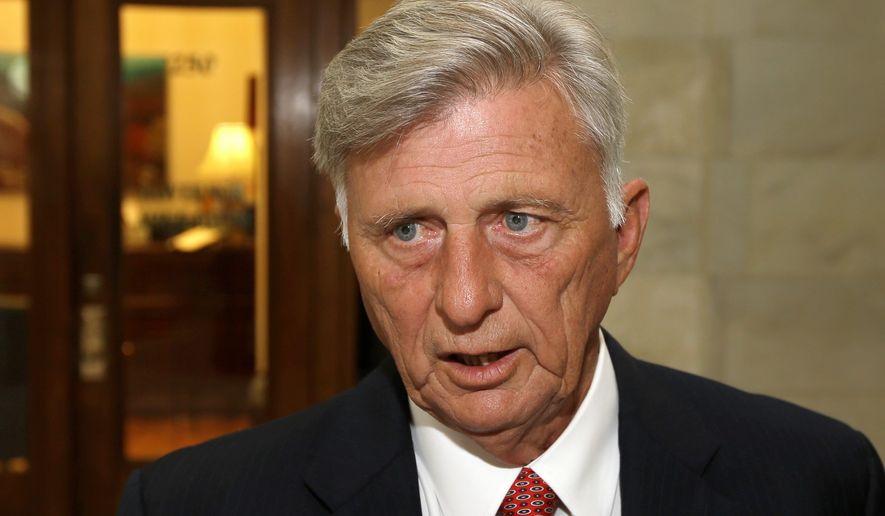In Arkansas, Gov. Mike Beebe touted signs of a 2 percent drop in premiums in the state’s Obamacare insurance exchange as proof the health law is working.
In Alaska, though, Gov. Sean Parnell said some plans’ premiums would spike by as much as 37 percent — evidence, he said, that his concerns about the law “are, unfortunately, proving to be true.”
As Obamacare’s exchanges prepare to enter their second round of open enrollment, beginning Nov. 15, more than half of the states have released some rate information, and while supporters anticipate bargains and critics warn of “rate shock,” the truth for most customers is somewhere in between.
“A lot of the information that has been put out by insurers or states has been looking at average premiums, but the average doesn’t tell you a lot about how individual people will be affected,” said Cynthia Cox, a senior policy analyst at the Kaiser Family Foundation, a nonpartisan health policy organization.
More than half the states have released some information on the rates customers will see when they renew plans or seek new coverage on Obamacare’s health exchanges during the second sign-up season.
But oftentimes, politics is coloring the information that’s released.
SEE ALSO: Latinos gain big on Obamacare: Uninsured rates fall by 20 percent
Arkansas’ announcement last month of a drop in premiums offered a modest boon for Sen. Mark Pryor, a Democrat trying to stave off Rep. Tom Cotton and retain his seat after voting for Obamacare.
Outlets in Arkansas reported last week that Mr. Beebe’s Democratic administration is expediting the release of more complete figures, as both sides of the debate look for figures that support their views of Obamacare.
Meanwhile, Sen. Mark Begich, Alaska Democrat trailing in recent polls to Republican challenger Dan Sullivan, has complained that Mr. Parnell’s Republican administration highlighted the negative and ignored the full range of options for Alaskan shoppers in its release earlier this month.
In Florida, the Republican administration has said preliminary data foretold a 13-percent uptick in average rates, although Democrats note that state regulators forfeited their authority to review the rates.
“The way that state officials talk about the rates is influenced by their politics, clearly. But the data speaks for itself,” said Caroline Pearson, vice president for health reform at Avalere Health, a Washington-based consultancy.
Analysts warn that a complete picture of the Obamacare landscape may not be available until later this fall, when federal officials sign off on the rates shortly before the exchanges launch in mid-November.
SEE ALSO: Medicaid sprawling under Obamacare, but some states ill-equipped: report
Obamacare’s low- to moderate-income customers are particularly price sensitive, so the lowest-price bronze plan and second-lowest-cost silver plan — the plan by which government subsidies are calculated — could be the best bellwethers for how the overhaul is affecting rates, as they’ve attracted a large share of enrollees.
Judging by that measure, the numbers released so far have been positive for Obamacare, according to a Kaiser study that looked at states where comprehensive 2015 rate information was available.
What they found is that insurers seemed to be fighting for market share in the most popular plans, resulting in lower premiums.
Experts are warning customers to scrutinize their options in 2015, rather than simply re-enrolling in what they have, because it may make sense to switch plans based on the patchwork of increases and decreases.
One complication for consumers is figuring out what subsidies they’re eligible for, and how much that will cover. Subsidies are calculated based on the second-lowest-cost plan at the silver level, and that could be a different in 2015, meaning costs may rise for some people if they are not willing to switch plans.
Advocates are making a push both through media and through assistants offering face-to-face help in signing up, but human nature dictates that many people won’t bother.
“I think most people will stay in their plans,” Ms. Pearson said.
• Tom Howell Jr. can be reached at thowell@washingtontimes.com.




Please read our comment policy before commenting.